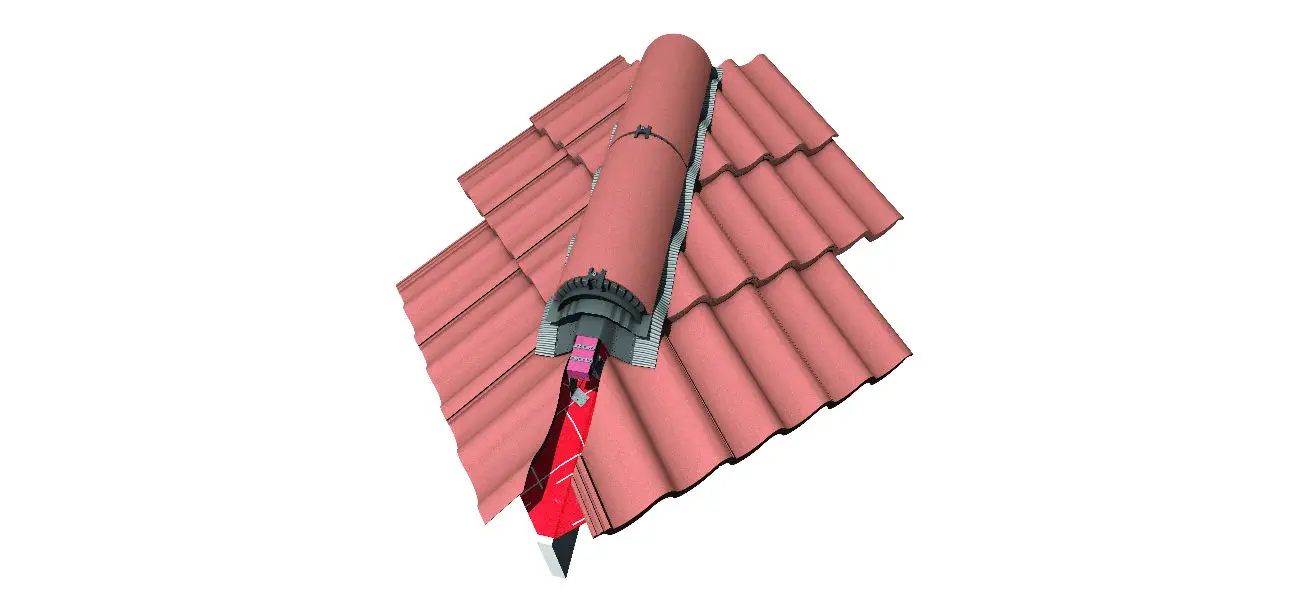Should I use mortar or dry fix for my ridge and hip tiles

Mortar has historically been the popular way to install tiles and fittings at several key roof areas, including hips, ridges, and verges, but there are a number of factors that cause mortar to fail, making it unsuitable in the long term.
Recent changes to BS 5534 - the code of practice for slating and tiling - have introduced some important changes to the way that roofs are fixed. In particular, mortar is no longer recognised as being suitable for providing a sole means of fixing under BS 5534 - now, any mortar bedding, such as traditionally found on the ridge, hip and verges, must now be accompanied by a mechanical fixing.
The benefits of dry fix
The question of whether to use mortar or dry fix really comes down to the issue of future maintenance and cost. Dry fix is typically quicker to install and can be done so in any weather. In the long run, when maintenance is factored in, is always more cost-effective when compared with mortar.
There has long been an increasing move to adopt dry fix across Europe, as building codes are standardised. Dry fix is already the most popular method in the UK and is well on course to become more popular in the future. In many cases, dry fix also offers additional benefits such as ventilation.
The pros and cons of mortar
Although the cost of having ridge and hip tiles secured by mortar may be cheaper in the short term, there are undoubtedly long-term maintenance costs. Ridge tile mortar mix only has a limited lifespan and is greatly affected by the quality of the mix, any structural movement and environmental conditions.
Whilst dry fix should always be the preferred method, there are some instances where it may still be necessary to use mortar - perhaps on historical graded properties with a heritage background. In these circumstances, Marley provides a range of mechanical fix solutions for any mortar bedding requirement, so that they comply with BS 5534. In addition to providing a mechanical fix, you will need to ensure that a suitable mortar mix is used. The NHBC has guidelines which state that an acceptable ratio for roofing mortar is 3:1 sharp sand/cement.
Pre-mixed roof mortars are also available that are accepted by the NHBC.
Find out more about the changes to BS 5534, and any other roofing British Standards.
Disclaimer - The information shared in this blog is correct at the time of publication. Guidance, standards, and best practices may change over time, so if you’d like further clarification or the latest updates, please get in touch with the Marley Technical Advisory Team, who will be happy to help.
Category: Ridge Tiles Roofing Technical